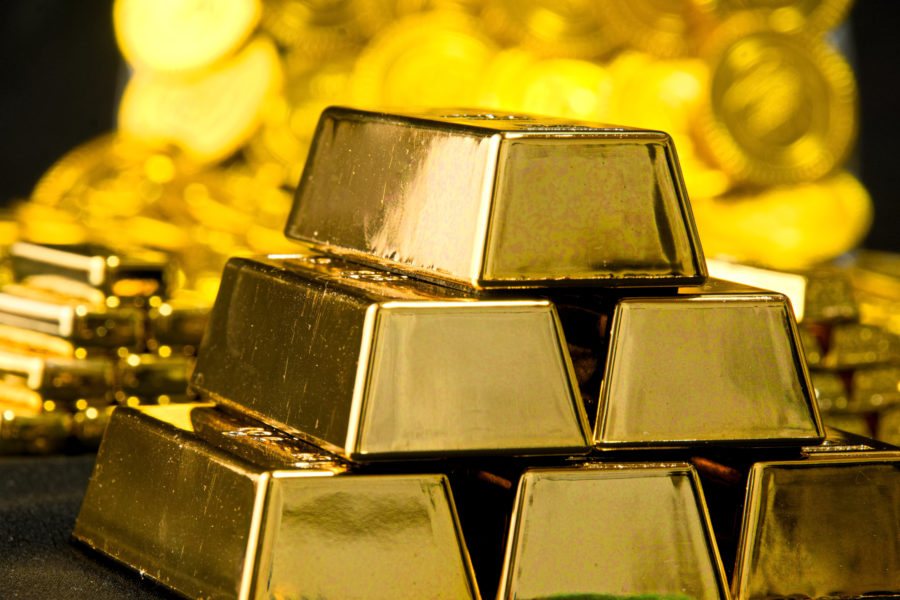LME partner Metalshub plans for ‘green’ nickel price

The London Metal Exchange (LME) does not plan to launch a separate “green” nickel contract because the market is not large enough, but said its partner was developing an index price that will reflect demand for low carbon nickel.
Calls for a nickel price that reflects strong environmental and governance standards have grown from high-cost producers such as Australia, where low prices have forced miners to shutter operations due to a flood of Indonesian supply, most of which is produced using coal.
“Market participants have expressed concern that there remains significant market debate as to how to define ‘green’,” the LME said in a statement.
“Further, that an LME contract representing a narrower sub-segment of the market would not attract sufficient stocks and trading volumes to be viable.”
The LME sees limited appetite for contracts for segments of the nickel market, so-called class 2 materials, such as nickel sulphate, matte and other materials. Its nickel contract, so called class 1 refined nickel, has a purity of 99.8 pct and above.
Last week, Australian mining magnate Andrew Forrest, chairman of Fortescue, said the LME should classify its nickel contracts into “clean” and “dirty” to give customers more choice.
Canada this week joined Australia in calling for robust ESG credentials to be built into global supply chains for critical minerals, Australia’s resources minister, Madeleine King, who is visiting Canada this week, said in a joint statement.
Green specs
While the market is not yet liquid enough to accommodate a green premium, MetalsHub has moved to build an index price that reflects consumer demand for green nickel.
The LME has classified low carbon nickel as that for which a single ton can be produced for 20 tons of carbon dioxide equivalent (C02e) or less, it said. Currently, the carbon footprint for a ton of LME nickel varies from 6 tonnes to more than 100 tons of C02e.
Already, any class 1 nickel on the Metalshub platform, which counts Outokumpu and Aperam among its users, can be listed with specific ESG credentials, including its carbon footprint, which allows buyers to filter for carbon intensity.
“This functionality is in place today and there is no need to split the LME contract to assess a ‘green’ premium,” Metalshub managing director Frank Jackel told Reuters.
From this month, Metalshub will start reporting monthly data that includes trades of low carbon carbon nickel, the LME said.
As traded volumes increase, it plans to publish a low carbon index price that could eventually grow to become a “green” nickel premium index reflecting additional sustainability metrics, the LME said.
“CO2 footprint and ESG performance will play an important role and it gives producers the opportunity to market their products with a premium if the market is willing to pay it,” Jackel said via email, adding that Metalshub was keen to work with Australian miners.
(By Eric Onstad and Melanie Burton; Editing by Clarence Fernandez)
{{ commodity.name }}
{{ post.title }}
{{ post.date }}


Comments